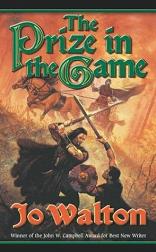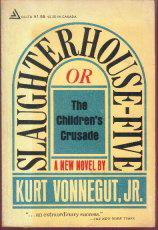
Vellum
Hal Duncan
501 pages
published in 2005
It’s rare that you get to read a book about which you can genuinely say that you’ll either love it or hate it. Usually this phrase is just hype, an attempt to make a book seem more controversial than it really is. Most books just bimble along without evoking either great hatred or great love in their readers. Vellum however is not such a book. It is genuinely a book you’ll love or loathe becauses, depending on your feelings, it’s either an incredibly stylish tour de force remaking of the fantasy novel, or self indulgent bloated nonsense, with glitzy prose masking a story devoid of any meaning. Myself, I can find some sympathy for both readings.
Hal Duncan is a new author; Vellum his first published novel. He seems to fit in loosely with that generation of fantasy writers that includes China Miéville, Justina Robson, Jeff VanderMeer and Susanna Clarke. I must admit he only appeared on my radar last year, when his
name cropped up on various science fiction blogs, which is why when I saw this book in the library I took a gamble on it. A gamble that paid off, fortunately. Vellum is an ambitious book, both in the story it tells as in how it tells it, that almost manages to fulfill its ambitions.

